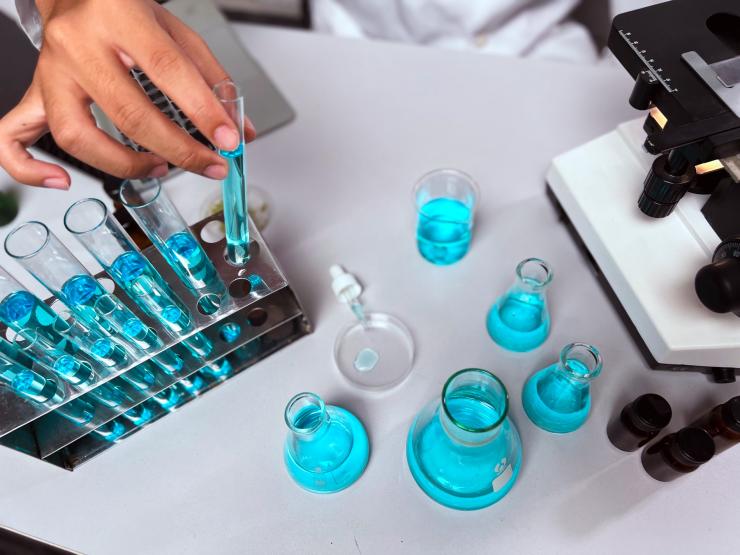A significant amendment to the CLP Regulation – Regulation (EU) 2024/2865 – was published in July 2024. Among the regulation changes is a major shift in the classification rules for More Than One Constituent Substances (MOCS).
If you work with UVCBs, multi-constituent substances, or even mono-constituent substances containing relevant impurities or additives, this might affect you.
What Are MOCS & Why Does It Matter?
MOCS (More Than One Constituent Substances) include:
- UVCBs (substances of unknown or variable composition, complex reaction products or biological materials).
- Multi-constituent substances.
- Mono-constituent substances with impurities or additives affecting classification.
Under the new rules, MOCS must be classified using the same principles as mixtures, from 1 July 2026.
What’s Changing?
For specific hazard classes, classification will now follow calculation methods based on the known properties of individual constituents, rather than relying solely on test data for the substance as a whole.
These hazard classes include:
- Carcinogenicity, Mutagenicity, Reproductive Toxicity (CMR)
- Chronic Aquatic Toxicity
- Endocrine Disruption (Human Health / Environmental)
- Persistent, Bioaccumulative & Toxic (PBT/vPvB)
- Persistent, Mobile & Toxic (PMT/vPvM)
How It Works
From 1 July 2026:
- All available data on constituents must be considered.
- If constituent-based classification differs from the classification of the substance as a whole, the most hazardous outcome prevails.
- If both assessments align (e.g., both non-classified), no classification is required.
- If there's a discrepancy, you must classify according to the worst-case result.
This marks a fundamental shift: substance-level data alone will no longer be enough. If constituent-level information leads to a classification, the MOCS will be classified – even if testing on the overall substance shows no effects.
Do I Need to Generate New Data?
No, not for CLP purposes. The regulation does not require new data generation on constituents. However, if other regulations (like REACH) demand it, that data may become available – and must then be considered for CLP.
Mixtures Need Updating Too
Mixtures containing affected MOCS must also be reviewed and, if necessary, reclassified by the same July 2026 deadline.
This is not just a one-time review – ongoing documentation and justification will be crucial. Ensure you keep thorough records of your classification decisions, data sources, and reasoning.
Prepare Early for Significant CLP Change
These changes represent a significant evolution in classification under CLP. They will impact how many substances are assessed and ultimately classified – especially for those working with complex materials.
Don’t wait until 2026. Start gathering and reviewing your constituent data now to ensure a smooth transition.
Blue Frog Scientific has extensive experience supporting clients with MOCS, UVCBs, and multi-constituent substance classification. We can help you interpret the new requirements, review existing dossiers and prepare for regulatory updates across CLP and REACH.
If you'd like to discuss your chemical portfolio and compliance strategy, call or email and speak directly with one of our regulatory compliance consultants.



